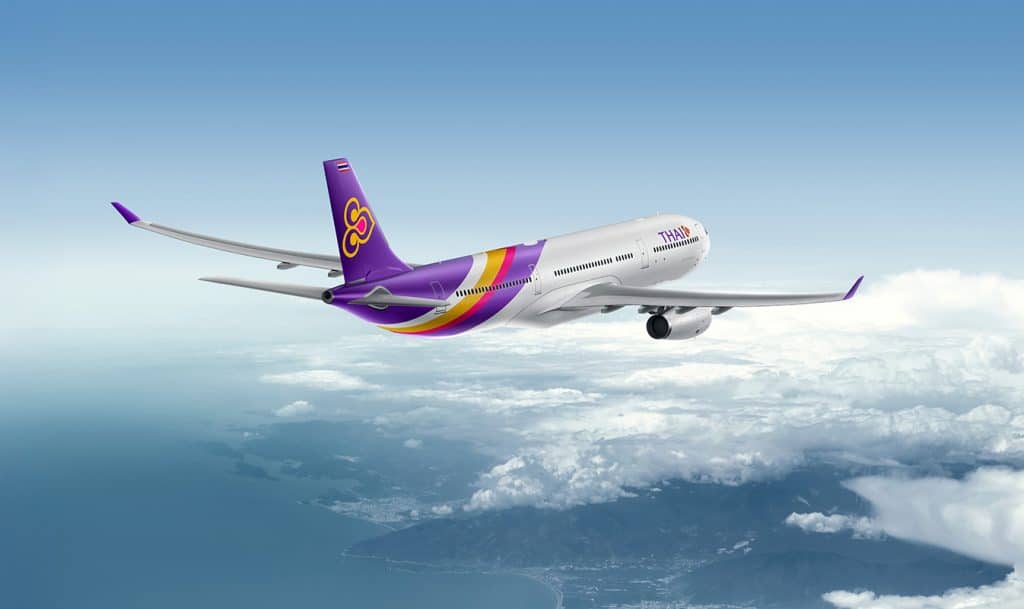The Promise of the Next Generation Network
Blane Boynton, Vice President Product Development
How Intelligent Antenna Technology is Revolutionizing Inflight Entertainment and Transforming the Satellite Industry
In June 2022, Intelsat announced the development of a new electronically steered antenna (ESA) – a multi-orbit, remote aircraft-mounted terminal destined to transform the future of airline connectivity. Smaller, more versatile and with less drag than anything currently on the market, this terminal will offer airline passengers flexible, multi-orbit performance and increased global coverage in flight, while also reducing CO2 emissions for airlines. This is one of many investments the Intelsat team is making to bring the benefits of edge computing to customers and end users.
Multi-orbit coverage means a better inflight entertainment experience
Intelligent edge terminals have characteristics distinct from today’s simple-edge varieties, largely driven by their ability to support communication with satellites in different orbits. For customers, this results in more reliable connectivity, improved performance with cloud-based productivity applications, more robust browsing, and an interactive experience that more closely mirrors what consumers enjoy in their living room. As a result of being able to connect to more satellites across orbits, airline passengers, for example, will no longer be burdened with gaps in coverage even at busy hubs, across continents, oceans and polar routes.
The impact that these smart edge devices will have on the satellite industry will go even further than the groundbreaking coverage improvements that customers across industries will realize.
Investing in the future to deliver a seamless, self-service experience
Intelsat is demonstrating its commitment to edge computing through our investment in terminal technologies (like the ESA antenna), along with the back-end systems and network integration required to support and enable them. With an intelligent-edge terminal, customers will ultimately realize a seamless and dynamic experience when it comes to managing capacity and network requirements. Service level reprovisioning (currently a multi-step, manual process that often requires a technician), will take place dynamically through automated terminal-to-network communication. This automated experience, currently in development, will provide customers the means to achieve a level of dynamic provisioning never before possible in the satellite industry.
Bringing virtual technology to the edge also brings advantages when it comes to network upgrades. Traditionally, the satellite industry has been behind the curve with respect to adoption of software and open standards. Terminals of today are platform-specific, and making changes typically involves adding more hardware or other components. Intelligent-edge devices change that paradigm, as upgrades can be handled via software updates versus costly hardware replacement.
A leader in virtualization, bringing multi-orbit antenna technology to airlines, for the fist time
All of these advantages are why Intelsat is leading the satellite industry when it comes to virtualizing edge technologies. In early 2023, we installed the newly announced Multi-Orbit Aero Terminal on top of a Canadair Regional Jet (CRJ) 700, demonstrating the device’s ability to communicate with our fleet of geostationary (GEO) satellites while also tapping into OneWeb’s Low-Earth Orbit (LEO) network. For airlines, this means easier maintenance, a better inflight entertainment experience, and reduced CO2 emissions.
The future lies in on-demand provisioning, giving customers more flexibility, security
The benefits of an intelligent edge extend to people beyond air travelers – onto the battlefield, across the sea and everywhere in between, which is why Intelsat is investing so heavily in the promise of the next-generation network, developing intelligent-edge proof of concepts for our Maritime, Mobility and Networks businesses over the next 12-18 months. Bringing virtual technology to the edge of the network enables us to bring broader services to market more quickly, with more security, at scale, more economically, and with the flexibility to adapt to customers’ changing needs over time.
We envision a day when customers have complete flexibility to manage their network through self-service portals, so they can make on-demand network changes based on the changing demands of their business: a day when uninterrupted data exchange on the battlefield is a reality due to seamless traffic routing between orbits; a day when the network reprovisions itself due to surges in demand or irregular operations, and upgrades happen as quickly on a customer’s network as they do on her cellular phone.
These are some of the promises of our next-generation network. The investments the Intelsat team is making in intelligent edge technology today are bringing us closer to this vision in the not-so-distant future.






















